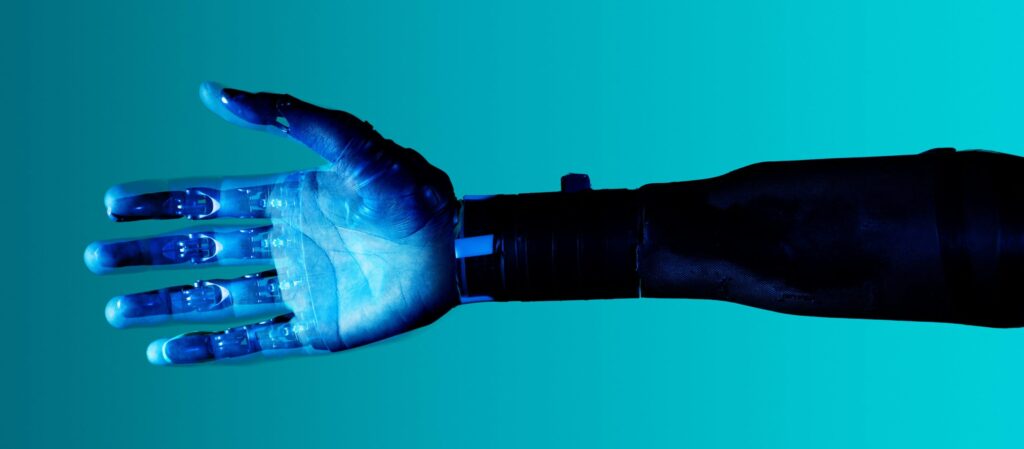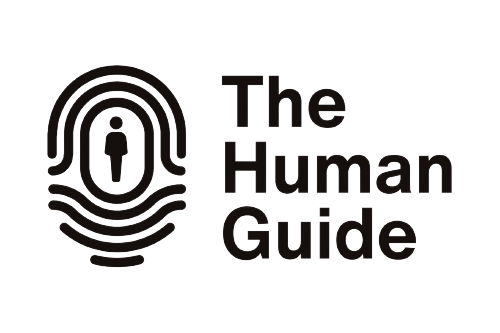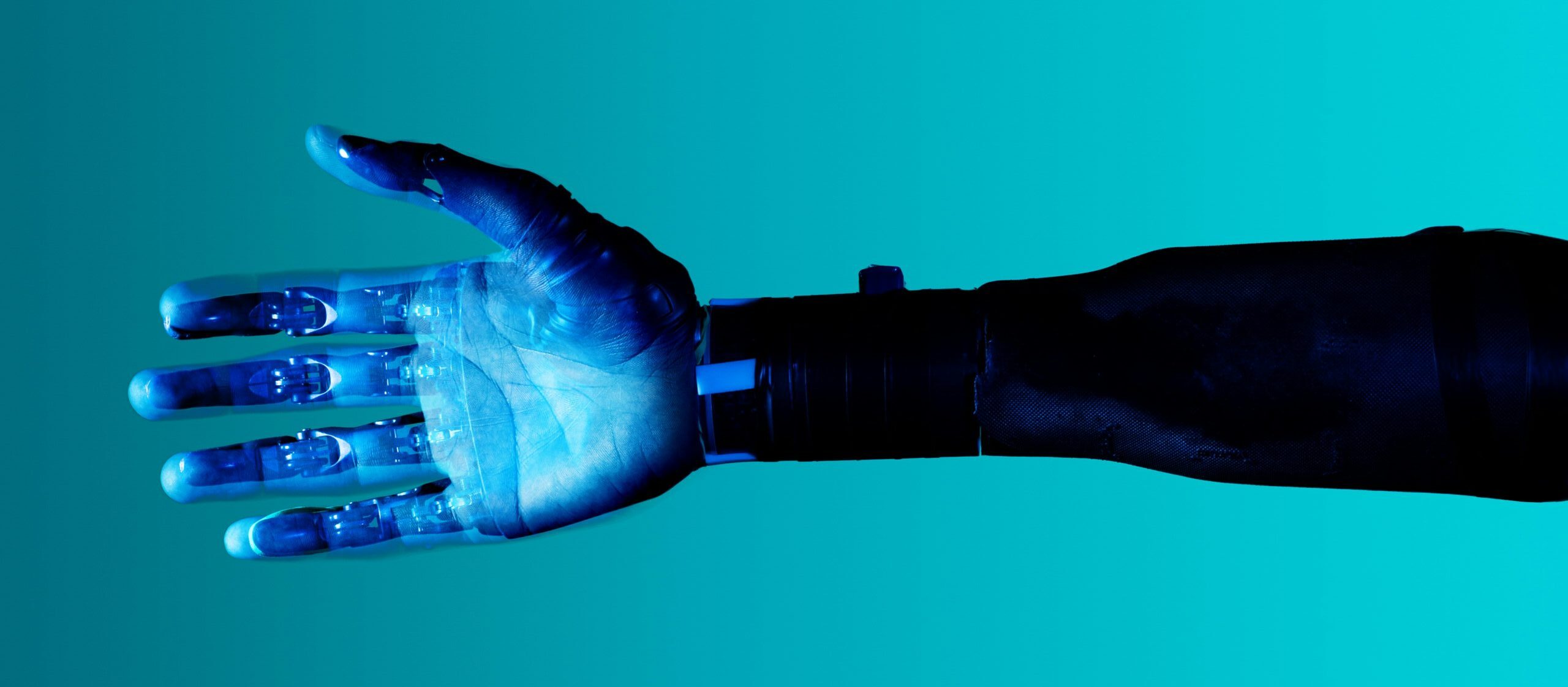
Photo by ThisisEngineering RAEng on Unsplash
Artificial Intelligence (AI), once confined to the realms of science fiction, is now becoming an integral part of our daily lives. Just as the Industrial Revolution propelled humanity forward, allowing us to build and move more efficiently, AI is set to catapult us even further into the future at an unfathomable pace.
This blog will take you on a journey through the astonishing rise of AI and its transformative impact on technology and society.
The Genesis of AI
AI’s roots can be traced back to the mid-20th century when computer scientists began to explore the concept of machines that could mimic human intelligence.
The initial goal was to create machines capable of logical reasoning and problem-solving. These humble beginnings paved the way for the AI revolution.
AI in Everyday Life

Photo by Pawel Nolbert on Unsplash
Today, AI is no longer confined to research labs. It’s in our smartphones, voice assistants, and even our cars. From virtual personal assistants who can schedule our appointments to advanced algorithms that power recommendation systems on streaming platforms, AI is seamlessly integrated into our lives.
This is only the beginning.
AI in Healthcare

Photo by ZHENYU LUO on Unsplash
One of the most promising applications of AI is in healthcare. AI-driven diagnostic tools can analyze medical images, detect diseases earlier, and even predict outbreaks.
You might be familiar with a recent case involving a Twitter user named Cooper, who faced a challenging situation when his dog fell ill. Despite multiple visits to veterinarians, none were able to accurately diagnose the disease afflicting the dog. In a quest for answers, Cooper turned to ChatGPT4, seeking its assistance in diagnosing his beloved pet’s ailment.
“He further informed me that the dog has almost fully recovered now after proper treatment. “GPT-3.5 couldn’t place the proper diagnosis, but GPT4 was smart enough to do it,”” (Hindustan Times)
Other medical fields and colleges are now studying and applying AI to real-world scenarios to help diagnose their patients more quickly and accurately.
AI in Business

Photo by Possessed Photography on Unsplash
Chatbots were once only provided by large companies for helpful instant customer support. Yet, today small businesses are now harnessing the power of their own ChatGPT support, to gain a competitive edge. They integrate its capabilities as personalized chat support, tailored to their customer’s unique needs.
Other technical AI applications such as machine learning algorithms analyze vast datasets to identify market trends, optimize supply chains, and enhance customer experiences, which drive analytics and guide strategic decisions.
The downside that I personally see is that AI has, and will continue to replace humans in the workforce.
Andrew Yang, a former candidate for the 2020 presidential election once said, “Automation is no longer just a problem for those working in manufacturing. Physical labor was replaced by robots; mental labor is going to be replaced by AI and software.”
Today, we’re witnessing the rise of this emerging technology manifesting in various forms, extending beyond AI. Examples include self-checkout lines at your neighborhood grocery store and the gradual introduction of autonomous vehicles in the delivery and ride-share sectors.
We’re undeniably in the beta phase of AI development. As this technology becomes increasingly integrated into our lives, it prompts us to consider which roles AI will assume and how you or your future children can stay ahead amidst this rapid evolution in the workforce.
AI in the Arts & Design Community

Photo by cottonbro studio: https://www.pexels.com/photo/bionic-hand-and-human-hand-finger-pointing-6153354/
AI has also made significant strides in the world of art, design, and film. From creating original artworks to composing music and generating literature and video, AI’s influence on creative endeavors is becoming increasingly apparent.
The role of AI in the art and design community is a subject of debate. While some view it as a valuable tool capable of generating numerous ideas rapidly, others perceive it as a potential issue.
As an artist and designer myself, it’s amazing to see what AI can create, particularly when guided by professional prompt engineers. But to call them artists is a grey area for me. How can you call them artists when they’re prompting an AI engine to develop beautiful images, songs, and videos?
In my view, real art involves time, thought, and struggle.
Moreover, I can’t help but also feel a touch of envy when I see the stunning images that these new AI image generators can produce just from mere word prompts.
The Challenges & Ethical Considerations with AI
As AI becomes more prevalent, it raises important ethical questions. How do we ensure that AI systems are fair and unbiased? What are the implications for privacy when AI can predict our behavior? Will there be any jobs left for us shortly, and how will we stay prevalent as human beings in the new age of AI?
There are also talks of AGI (Artificial General Intelligence) in the works this year (2024) which is AI ” . . . that can perform as well or better than humans on a wide range of cognitive tasks.” (Wikipedia)
These challenges demand careful consideration and deep philosophical reflection as AI continues its exponential rise.
Conclusion
The Rise of AI is not just a technological evolution; it’s a societal transformation. Whether it be good or bad, we should constantly be considering what role AI should play in our daily lives, as it will affect us all.
Source
Hindustan Times: https://www.hindustantimes.com
Illinois Tech: https://www.iit.edu
Wikipedia: https://en.wikipedia.org/wiki/Artificial_general_intelligence






Leave a Reply